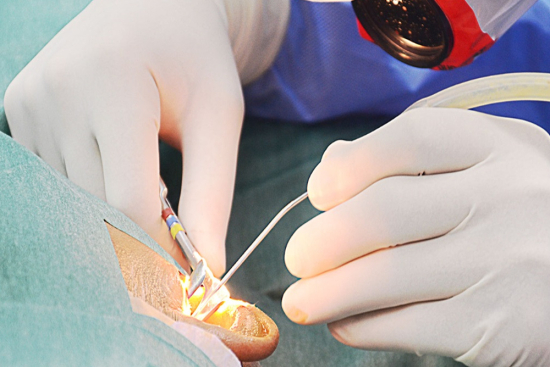Otosclerosis is a disease that causes progressive hearing loss. It is characterized by a hardening of the bone at the base of a small bone in the middle ear, the stirrup, which prevents it from vibrating properly. This blocks the transmission of sound to the inner ear.
Stapedectomy is a surgical procedure to correct this problem. The damaged stapes is removed and replaced with an artificial prosthesis. This prosthesis, which consists of a small plastic tube and metal wire, takes over the role of the natural stapes and restores normal hearing.
Stapedectomy: Cost in Turkey
Turkey offers an economical alternative for a quality stapedectomy. For an average cost of 5,250 US dollars, regain optimal hearing and a better quality of life.
Bring your hearing back to life with a successful stapedectomy in Turkey!
Our surgeons, experts in otology, put their know-how to work for your well-being. Benefit from personalized support, quality care in modern clinics and rigorous post-operative follow-up.
Contact us now for your free quote and to organize your medical stay.









